- Home
- Chart of Accounts
Chart of Accounts
The Bookkeeping System Foundation
The Chart of Accounts is the foundation of your bookkeeping system. You can think of it like it's a file cabinet full of files, and each file will store a different kind of bookkeeping information.
So, if you have bookkeeping information for telephone payments made for your business phone line, you will set up a file (an account) for Telephone Expense.
There are many different kinds of accounts that should be included in your bookkeeping 101 Chart of Accounts (as shown below).
Bookkeeping 101 E-Book
This Bookkeeping 101 EBook is a useful tool for business owners, bookkeepers, accountants and anyone responsible for household personal finances.
You can receive the complete Bookkeeping 101 accounting series in a 23 page E-Book for $4.97 along with all sorts of other accounting, business and financial goodies.
Assets
Assets are the things that your company owns. Typically they are divided into two groups: 1) current assets and 2) fixed assets
1) Current assets are the things that you can turn easily into cash.
This usually includes checking and savings accounts, money market and/or CD accounts, accounts receivable (A/R), and inventory.
2) Fixed assets are the things that you would have to sell to generate cash. (A good rule of thumb, that we used at the CPA office where I worked, is anything purchased for an amount over $500.00)
Fixed Assets that are typically included in the Chart of Accounts are automobiles, furniture, equipment, and land. An example would be if your company bought a new desk for $630. If the cost of the new furniture is more than $500, the cost will be entered into an asset account (rather than to an expense account).
Liabilities
A liability is the money your company owes.
An example would be if your company were to borrow money from the bank. When you received the money and deposited it into the checking or savings account, the deposit would be entered as a liability account, (not an income account).
Another example would be Accounts Payable. Any bills that come in that your company owes would be treated as a liability.
Capital
Your capital account will be set-up differently in your Chart of Accounts depending upon the way that your company is organized. There are three different business structures in which your business can be organized:
1) Sole proprietorship, 2) partnership, or 3) corporation.
1) A sole proprietorship is a single owned business that will be reported on your personal income tax return (Federal Form 1040) on the Schedule C.
A Sole proprietorship will need to set-up two main types of bookkeeping accounts.
The two types of bookkeeping accounts are:
1A) Capital account and 2A) Owner's Drawing account.
1A) The Capital account will be used to keep track of all of the money that you invest in your business from the start date of the business. And it will also include your net profits or losses each year, accumulated from when you started the business.
2A) The Owner's Drawing account will be used for any money that you withdrawal from the business that is used for personal reasons. Examples of these would be amounts you paid for groceries, personal credit cards, mortgage payments, ATM withdrawals that you are using as your wages, and any money that gets deposited into your personal accounts for any reason.
An important thing to keep in mind is that the owner of a sole proprietorship does not get a regular paycheck with money deducted for payroll taxes like an employee.
Instead you will pay quarterly estimated taxes to go towards your end of year tax return. These will be to pay your own Medicare and Social Security taxes that would normally be deducted from a paycheck.
* Please note that any quarterly estimated tax payments made from your business checking account should always be allocated to the Owner's Drawing account.
2) A partnership or LLP (Limited Liability Partnership) will need to set up Capital and Drawing accounts for each partner.
This is similar to how you would set-up the Capital and Draw accounts in your Chart of Accounts if you were a sole proprietorship. You would just add all of the same accounts for each of the partner(s) as well.
3) An "S or C corporation" or an "LLC corporation" will be set-up with a Common Stock account (and occasionaly a Preferred Stock account).
Common stock and preferred stock will show the total sum of stock the company has issued.
Income (or Revenue)
Income and/or revenue is the money you bring in from your business which could be from products or services.
Cost of Goods Sold (COGS)
The Cost of Goods Sold, (also known as COGS or Job Costs)are all of the amounts that are applicable to running your line of business.
An example of this would be if you sell some kind of product. Your COGS would then include your cost of inventory (the amount paid for your products), any materials (used to make your product), freight charges (paid for when purchasing products), and all labor that is applicable to building the finished product. Each of these would be set-up as a separate account under COGS in the Chart of Accounts.
You would also include any kind of job costs that are reimbursable expenses purchased on behalf of the customer. Such as auto parts bought by a mechanic.
Chart of Accounts - Expenses
Expenses (or Overhead costs) are all of the fixed amounts you will have even if you run out of work. Examples of these are telephone, rent, utilities, and liability insurance.
Other Income
Other Income would be the amounts you bring in other than the normal way you do business.
Examples of these would be any interest income you get from your checking or savings accounts, any kind of gains from selling assets, money you get from insurance settlements (such as from a fire), or perhaps rental income that you bring in from renting commercial buildings that you own.
Other Expenses
Last but not least! Other Expenses are the amounts that you pay for things outside of your normal business.
Examples of these would be a loss from selling an asset or perhaps stockbroker fees from setting up or buying stock for the business.
Have A Question About The Chart of Accounts?
Do you have a question about the Chart of Accounts? Share it!
What Other Visitors Have Said
Click below to see contributions from other visitors to this page...
Setting Up Chart of Accounts - Learn How to Setup COA 




I have set up a new Limited Company.
Where on the chart of accounts would I put personal money and goods that I contributed to the company to start …
Basic Chart of Accounts List - Specific Considerations 




What nominal ledger code should I book small tools bought in a mechanic garage please?
Small Business Chart of Accounts - Specialized Topics 




What account on the chart of accounts do I have to use when I bought gift cards as Christmas presents for our employees?
Chart of Accounts Categories - Basic Understanding 




When creating an account within the Chart of Accounts, is there a way to have one account subtract the amount from another account?
Example:
You …
What Are Chart of Accounts - Introduction to the COA 




My company just purchased a Gym. We took out a mortgage on the building/property. How do I classify it in the chart of accounts for my mortgage payments? …
Bookkeeping 101 Articles
- Learn about the Accounts Payable
- Learn about the Accounts Receivable
- Learn about the Balance Sheet
- Learn about the Profit and Loss Statement
- Return from Chart of Accounts to Bookkeeping 101
- Return to Bookkeeping Basics Home Page
Please subscribe to my monthly newsletter, Bookkeeping Basics E-zine. It tells you every month about the new information that I have added, including some great tips and advice from myself and other Bookkeeping Basics readers.
Like Bookkeeping-Basics.net?
- Home
- Chart of Accounts

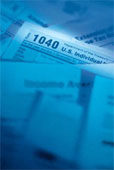






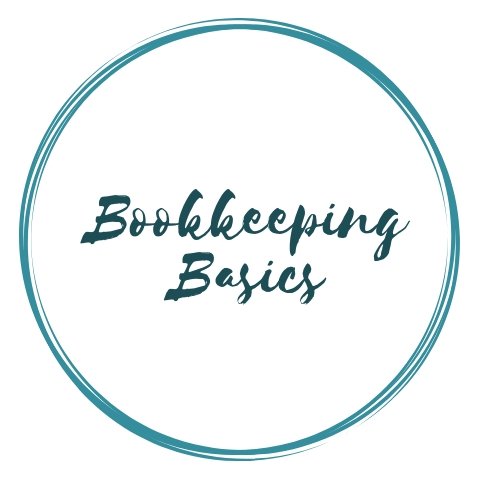


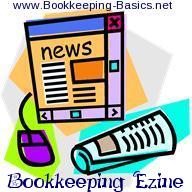



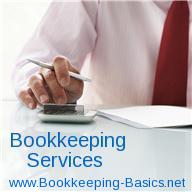

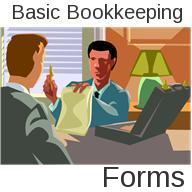


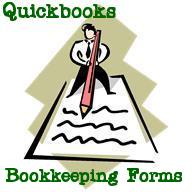
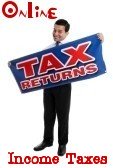
New! Comments
Have your say about what you just read! Leave me a comment in the box below.